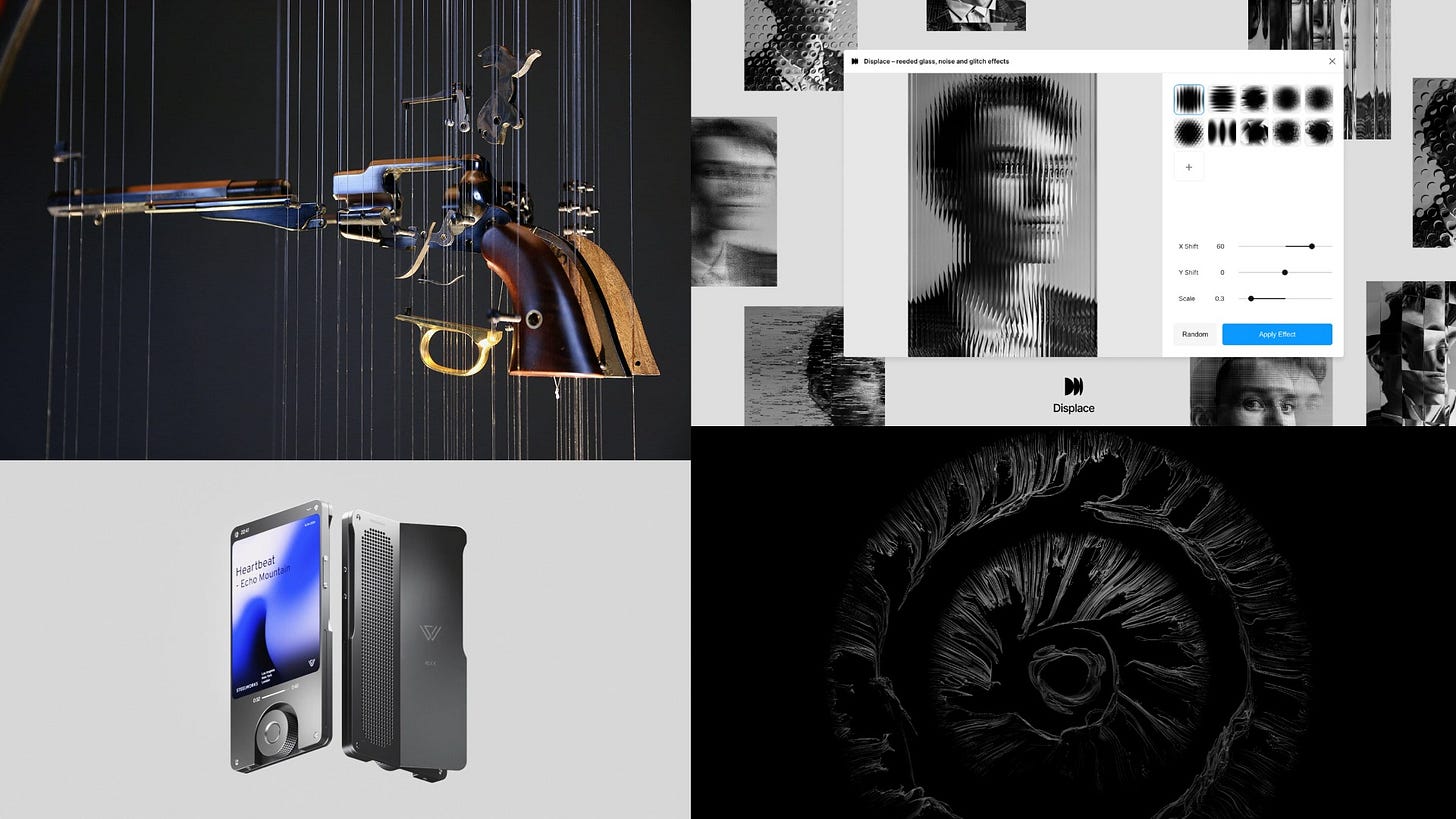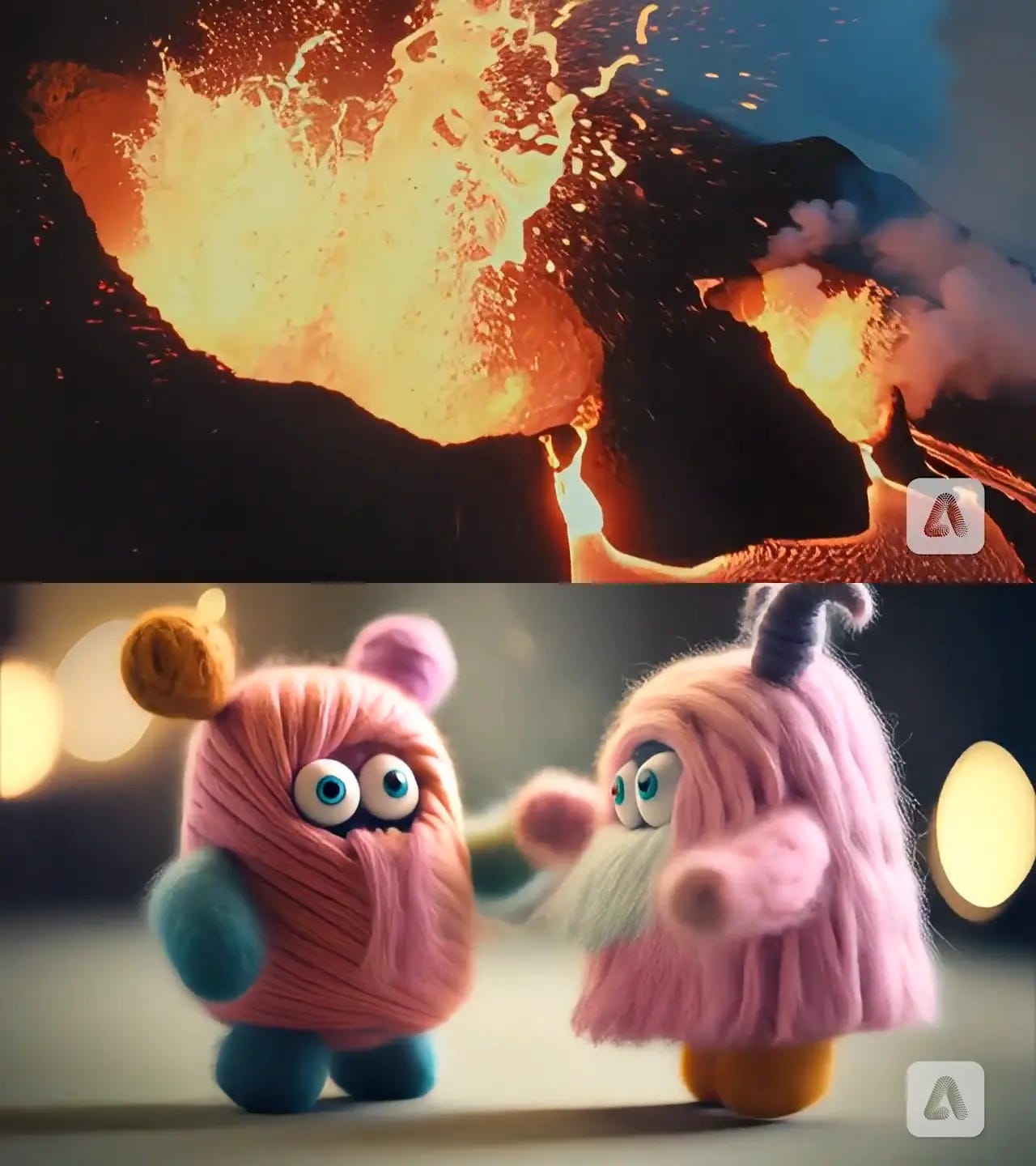Hello, dear readers! 👋
In this issue, among other things:
Fabricio Teixeira shares tips based on 20 years of design experience
Who benefits from content hyperconsumption and where does it come from
The official guide to fine-tuning to Stable Diffusion 3 Medium
A large set of NNGroup templates for UX designers
A visual guide on design tokens for beginners
An open source tool for data analysis
Free AI photo colorizer
More than 1,500 free icons
The updated Figma identity
…and much more!
Enjoy reading!
🗞 News and articles
The musings of a designer on what he loves about design and what he’s learned along the way
Fabricio Teixeira reflects on his nearly 20 years of experience in the field of digital product design and shares the lessons learned.
The main tips from the article:
Start creating a product with a strong conceptual model. Such products are more likely to remain complete as new features are added.
Find a unique feature of your product and put a strong emphasis on it. This is how things are created that people will remember
Don't be afraid to test crazy non-working ideas. When one of these ideas works, it will be like magic.
Take breaks. The best ideas will come to you when you are jogging, making coffee, or at any other time when your brain is not busy with work
Learn to notice the superfluous in your design. Combine similar elements to get closer to simplicity
Do not try to show all the functionality of the design at once, but reveal it gradually depending on the context
Perfection is achieved not when there is nothing to add, but when there is nothing to remove
Remember the benefits. A product can be incredibly easy to use, but if it's useless to people, it's worthless.
Editing matters. The right words can replace several user interface elements and make your design even simpler.
Learn to explain why the design looks the way it does. This is one of the most important skills of a designer
When you present your work, describe not the beautiful pictures on the screen, but how your product will help users or businesses
Be consistent is the most important technical skill for a digital product designer.
Be attentive to details, even if others say it doesn't matter.
Knowing the rules is important, but it's even more important to be able to break them. At the same time, explain to yourself why you decided not to follow the rules so that you have a valid and rational argument.
The designer's work does not end when the entire design is designed. During the launch process, there will be changes that you need to be able to work with
Do not ask for a place at the negotiating table just like that, but do something valuable so that next time you will not be forgotten to invite
Rachel Murray from the DOC edition wrote about how excessive consumption of information affects our attention and who benefits from it.
She talked about how modern companies are building ecosystems that encourage hyperconsumption of content and how designers can counter this trend by creating more conscious products.
As an example of attention management, she considered the Apple Watch, a tool for monitoring Humanyze employees, and the SeeClickFix application, which allows you to report problems in the city.
The main thing from the article:
The average screen time in the United States is 8.5 hours per day
Gadgets and apps attract people through notifications to personalize content and attract them even more. It turns out to be a vicious circle
In the modern information field, trade, entertainment, politics and communication are mixed. Such pollution of our attention is no less dangerous than pollution of nature
Today, designers contribute to user addiction because they create products that support their engagement.
Attention and engagement can be used by companies for various purposes: from increasing content consumption to stimulating civic engagement
Designers should strive to develop more ethical products that will not support user dependencies, but will create healthy relationships with technology.
New technologies
Project Sid. An impressive project by the Altera development group, in which they created a mini-model of a civilization of 1000 independent AI bots in Minecraft.
The developers have taught bots not only to execute commands, but also to act independently. In a short time, they independently built a harmonious world and built relationships in it.
The authors endowed bots with concepts about social society and roles in it, and also taught them to dream. For example, if a bot meets another bot in the role of a policeman, it will obey him, but not a simple civilian. Another of the bots dreamed of traveling, but put the idea aside when he realized that his village was starving.
At the time of publication, anyone can play with bots and even create their own. To do this, you need to insert your connection code from Minecraft on the project website.
A thread in X. Developers’ Discord.
Adobe has announced the Firefly Video Model, a powerful AI video generator that should become a competitor to Sora from OpenAI.
It can accept both text and images as a reference. You can control animations, adjust FPS, select camera presets, and extend videos. The model is able to add realistic effects of smoke, fire and water, as well as animated inscriptions.
At the time of publication, the model is in closed beta testing mode, which you can sign up for on the website.
Keep reading with a 7-day free trial
Subscribe to bezier.design to keep reading this post and get 7 days of free access to the full post archives.









